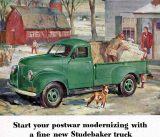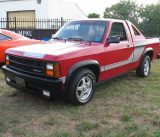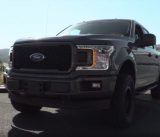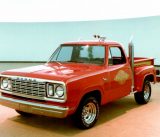Ford built the Ranchero and Chevy improved on the idea with the El Camino. What about Chrysler? Yes, they built one, too: The Dodge Rampage. To be fair, the Rampage was about 20 years late to the game, but that doesn’t make its inclusion in the very niche “coupe utility” market any less cool.
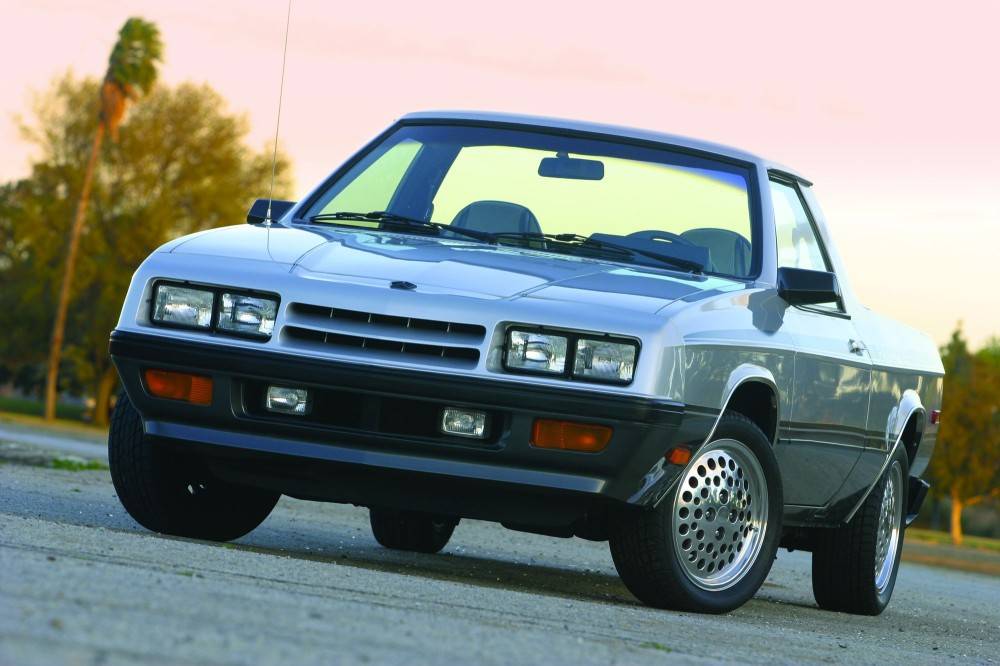
Making an Old Dog into a New Trick
Officially, the Rampage was a subcompact, unibody based on Chrysler’s popular L Platform of the late 70’s and 80’s. The L Platform was built specifically to combat dwindling sales affected by the energy crisis, making the Rampage a compact, front-wheel drive alternative to the larger El Camino.
This fun-size competitor to the Camino wasn’t a slouch in aesthetics or performance, though. The Rampage received the same aggressive front end as the sporty Omni 024s and Chargers of the era, which covered up a 2.2L carbureted straight-4 motor pumping out a leisurely 96 horses. This seems low by today’s standards, though the fifth-generation El Camino’s 5.7L V8 produced just 105 horses.
The Smallest Half-Ton-Rated “Pickup”?
This meager power figure was only a minor inconvenience, though, because the Rampage weighed just 2,400 pounds while enjoying a 1,145-lb. load capacity. Ironically, this made the tiny Rampage a true “half-ton” truck. The El Camino could haul just 100 pounds more. The Rampage managed all this while maintaining 21 MPGs in the city and 29 MPGs on the highway – high figures, even by today’s standards for any half-ton pickup.
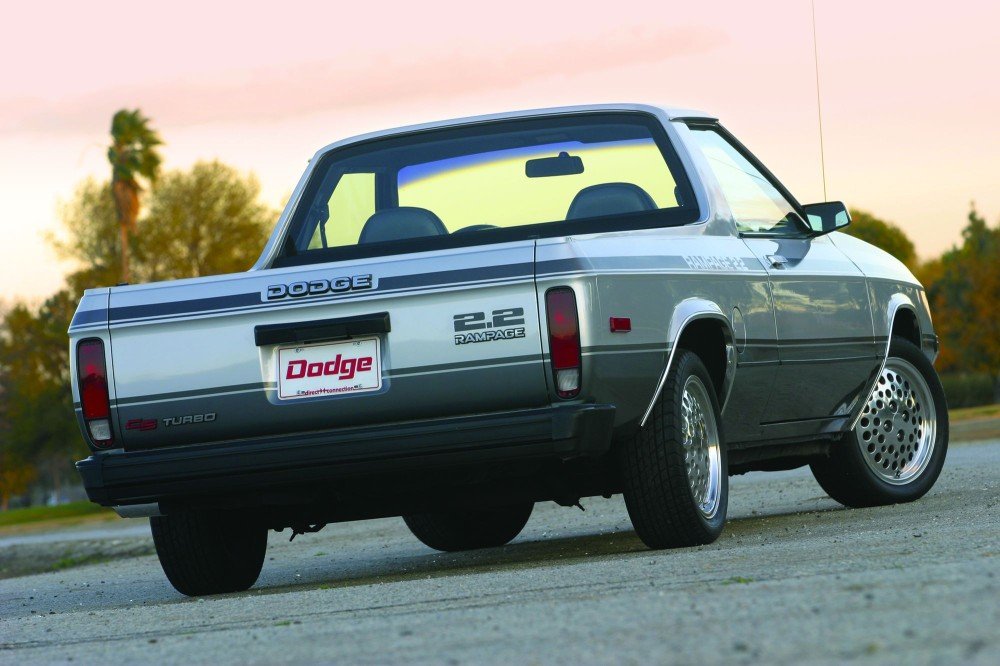
The Rampage’s meager 2.2L motor still provided it with a half-ton rating.
What’s more, the Rampage sported front-wheel drive, making handling and traction comparatively greater compared to rear-wheel drive trucks. Bed-cab bodies with rear wheel drive are more prone to fishtailing and losing traction, so this was a bonus for the compact half-ton.
Because the Rampage was so much smaller than the El Camino, it was favored by slightly different buyers – consumers who didn’t want a big, muscly V8 or a massive, flowing body. The Rampage’s only true competitors were the equally compact Volkswagen Rabbit Sportruck and Subaru BRAT.
A Short n’ (Bitter)sweet Production Run
Over just two years of official production, the Rampage sold 17,636 models. While it didn’t explode into its market with high volume, it enjoyed relatively favored critical acclaim and most buyers were sad to see the model disappear. Rumors abound that Chrysler’s designers worked with Shelby engineers to develop a “Shelby Rampage”, though no such record of any vehicle being built exists.
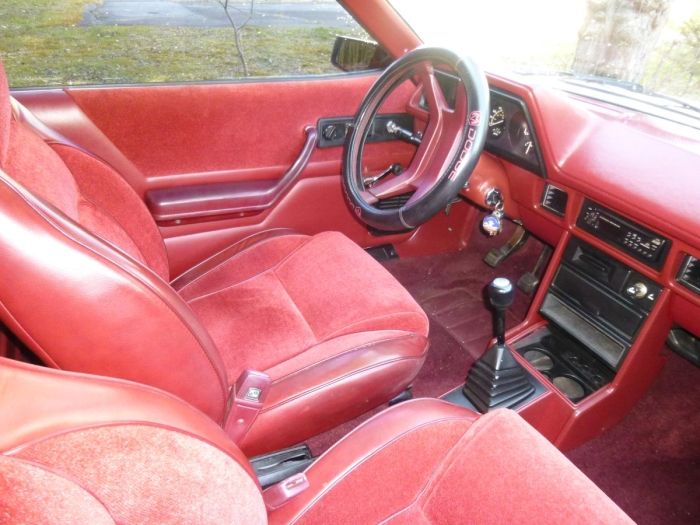
The Rampage’s subcompact design made the interior feel rather cramped.
The Rampage died after just two short years of production, though this was not the fault of the car’s design nor capabilities. The “car-truck” market was drying up, and even the longstanding El Camino’s production was shuttered in the mid-1980’s. That’s a shame, too, because what could have been was cut short before Carroll Shelby could put his maker’s mark on a potentially radical new vehicle.
A Half-Assed “Rebirth”
A niche interest in the Rampage persisted, though. In 2006, Chrysler unveiled a strangely remodeled, barely resembled Dodge Rampage Concept. It looked more like a Japanese import like pickup than the real thing, but the implication was that interest remained high enough to warrant at least a similar design. The Rampage Concept was to be outfitted with a 5.7L Hemi V8, though it never came to fruition.
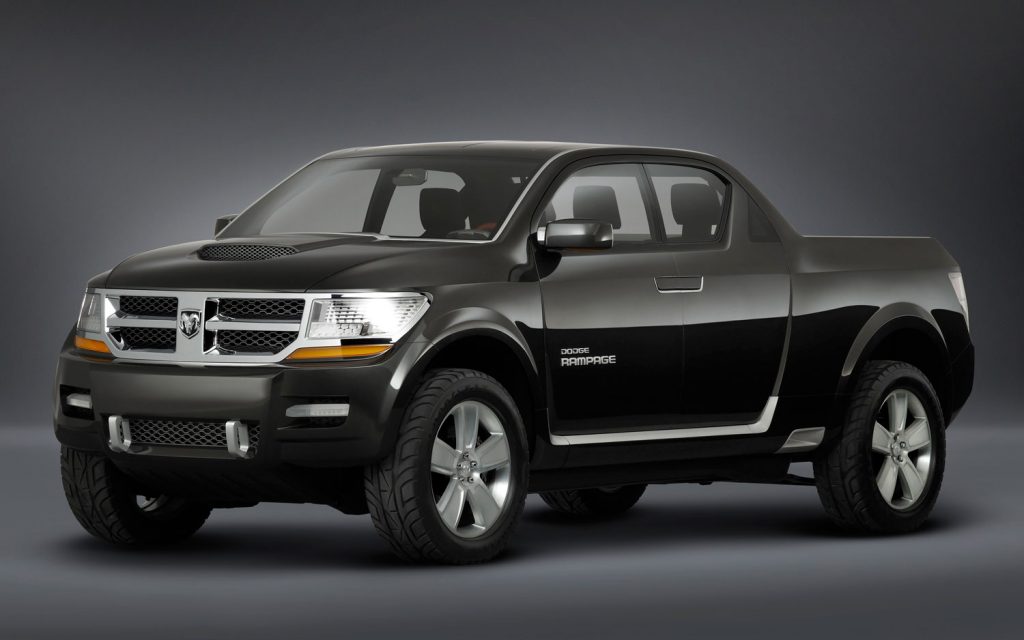
The Rampage Concept, a sad re-imagining of the original car, never came to fruition.
Those wanting a subcompact El Camino (sorry, Rampage diehards, that’s what it is) can find some for sale here and there. Well-kept examples can be had for relatively little -just $4,000 to $,6000. So, want perhaps the smallest rated half-ton “truck”. Start looking for a quirky little Dodge Rampage, before they all disappear.

